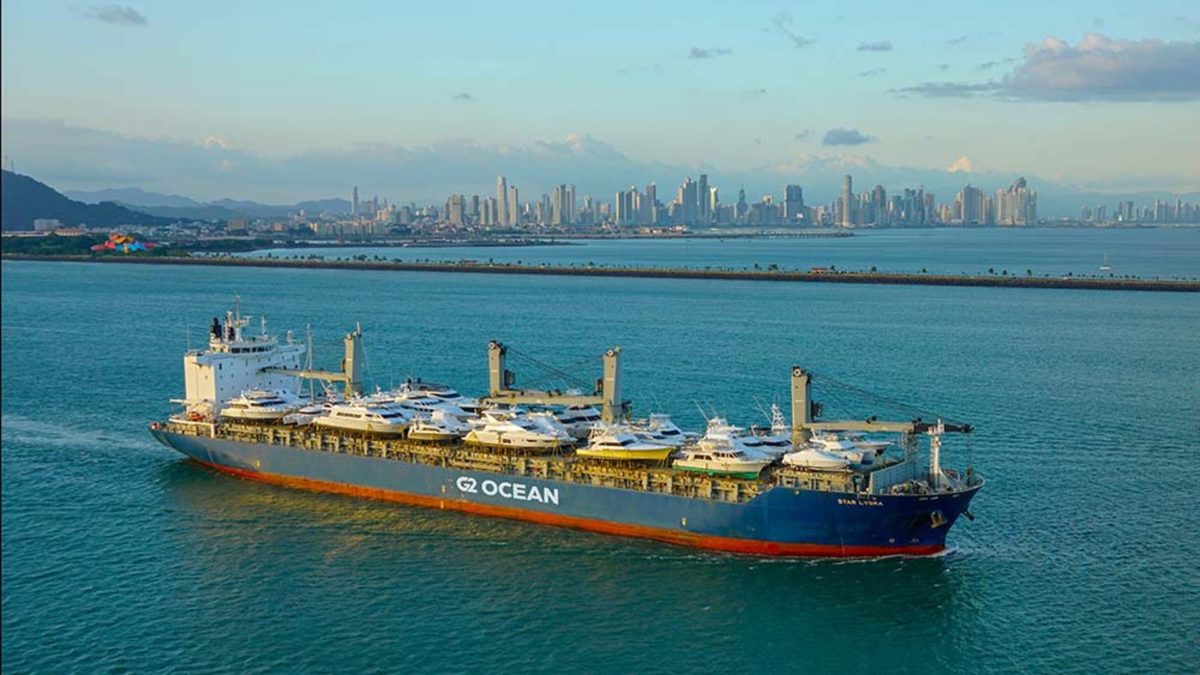Ammonia has been highlighted as one of the more promising future fuels in order to achieve reduced CO2 emissions from shipping. A considerable amount of knowledge about the coastal use of ammonia for short distances is gradually coming into place, and today ammonia together with methanol is considered to be the solution that is closest to large-scale implementation. The industry has also gained experience with the transportation of ammonia, but there are still several uncertainties related to how well it will work as a fuel for long-distance transportation.
For Greig Maritime Group, which participates in several initiatives in both production and distribution of green ammonia, it is only natural to also study the possibility of ammonia in deep-sea shipping.
This project will investigate whether green ammonia can technically function as fuel at long sea distances and whether it is economically feasible. Safety and regulatory barriers will be identified, as well as any need for operational changes. A final, significant challenge that will be studied is the availability of ammonia in relevant ports.
Partners will work with five different workflows:
- Green Ammonia Availability
- Safety, Rules and Regulations
- Vessel Retrofit to Ammonia
- ESG and Finance
- Operations
Among the partners, we find players from the entire value chain, from cargo owners, technology companies, insurance companies, service providers, authorities, and the world´s largest Open Hatch shipping company. See the complete list to the right. Other contributors to the pilot project are Chevron, DSB (The Norwegian Directorate for Civil Protection), G2 Ocean, MAN, Suzano and Zero Emission Shipping Mission.

Unlike most ammonia-related projects that focus on using new construction of vessels, this pilot aims to use one of Greig´s eight-year-old L-Class Open Hatch Bulk ships. A possible trade route has been defined between Europe, the Gulf of Mexico, and Brazil, where our partner Suzano sends large quantities of production of paper.

As this pilot is a feasibility study, no final decision on remodeling will be made as a part of this project. The product will be a final report in which the overall goal is to provide the best possible basis for decision-making against redevelopment in a possible later phase. Regardless of the conclusion, the final report and the most important findings will be shared with the rest of the industry.
There is a strong belief that ammonia will play a part in the future of greens shipping and lays the lay as a foundation for the pilot´s goals. The relatively lower energy of alternative fuels, compared with more conventional fossil fuels, are among the challenges that differ between short sea shipping and deep-sea intercontinental shipping.
Grieg has a defined ship, a specific route for established transport, owner and operator of goods, and the entire value chain is involved. The two questions that need to be addressed are:
- Is it possible and reasonable, both technically and financially, to reconstruct an 8-yeard old ship to be operated with ammonia in order to be utilized for shipping goods across the Atlantic ocean?
- What are the most important barriers, risks, and opportunities that might arise?
The goal of the pilot
- The ultimate goal with the pilot would be to realize the world´s first deep-sea “open hatch” bulk carrier that is powered by green ammonia – retrofitting.
- Initially, the pilot study will be conducted under GSP in order to evaluate the feasibility of the pilot.
Status
The pilot was initiated in January 2022. A kick-off meeting was held, where five defined work streams were presented and approved. Multiple participants reported interest to contribute to one or more workstreams, and four companies assumed the responsibility of leading the work flows;
- Yara (Green Ammonia Availability),
- Norwegian Maritime Authority (Safety, Rules & Regulations),
- Grieg Maritime Group (Vessel Retrofit to Ammonia, ESG, and Finance), and
- G2 Ocean (Operations).
In mid-February 2022, a meeting, which marked the end of the start-up phase was held with all pilot participants. Each work stream had defined its approach to the challenges they face and was ready to get started.
January 2023
The pilot’s report is now being finalized. The report, which contains a number of interesting analyses and risk assessments for the various work packages mentioned above, will be published externally in mid-March.
Pilot owner Grieg gives praise to all partners who have contributed to this pilot! “What Grieg is left with is much more valuable than first thought. The work on the pilot has been a fantastic journey,” said Atle Sommer, Managing Director in Grieg Star, when he presented the results of the pilot to GSP’s partner meeting in December.
The further process internally in Grieg will be to compile a business case. It will then be up to Grieg’s board to decide what to do next, whether it is to take the lessons learned to newbuilds or whether to actually carry out a retrofitting, which is the focus of the pilot. Either way, this pilot has provided valuable insights that Grieg is taking forward into strategic decisions.
April 2023
The results of the pilot will be presented in an open mini-seminar on March 14th.
Read more
- E24 article: “Grieg vil ha ammoniakk på noen av sine største skip – E24″
- Presentation in Teknisk Ukeblad: “Vil bygge om 50.000 tonner til ammoniakkdrift og nullutslipp” – Tu.no

